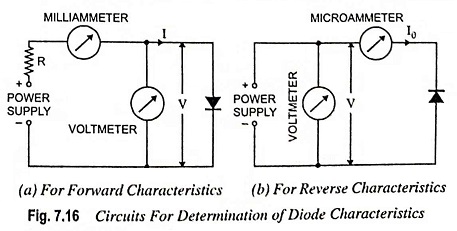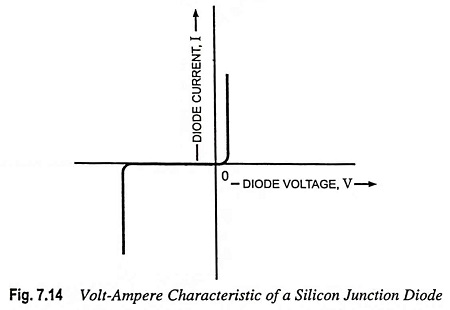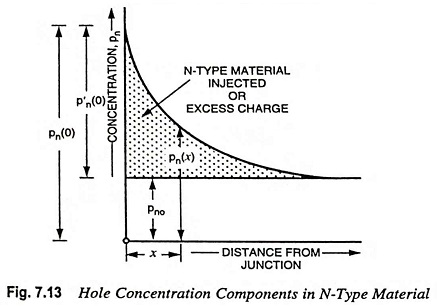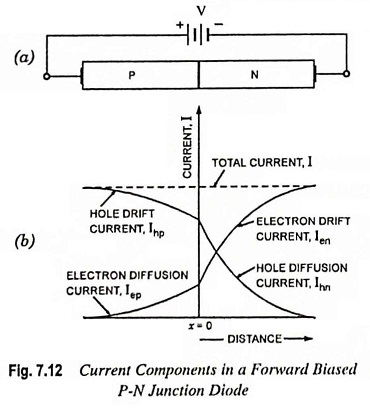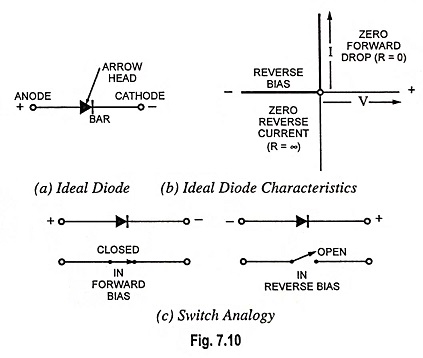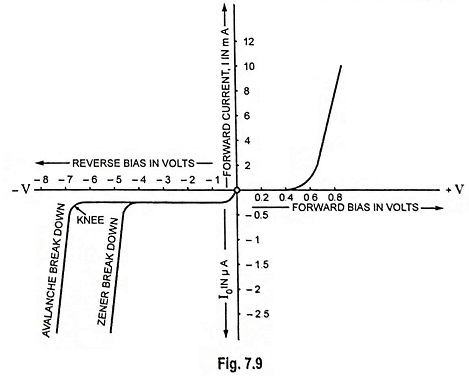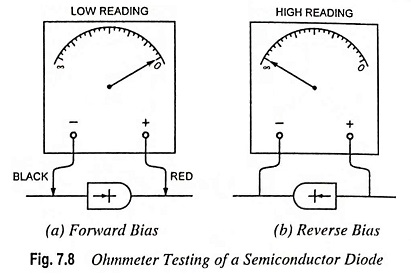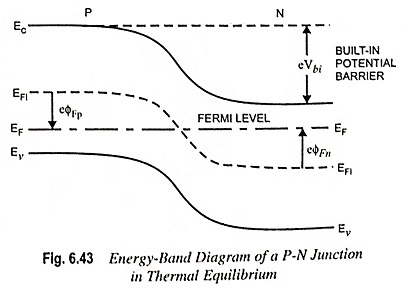Determination of Diode Characteristics
Determination of Diode Characteristics: Determination of Diode Characteristics – The forward characteristics of a diode can be obtained by use of the circuit depicted in Fig. 7.16 (a). The diode voltage is set at a series of convenient levels, and the corresponding current levels are measured and recorded. The characteristics are then plotted from the […]
Determination of Diode Characteristics Read More »

